1991 Audi Avus Concept
- Story Cars

- Nov 26, 2021
- 1 min read
Updated: Jan 16, 2024
Unveiled at the 1991 Tokyo Motor Show, the Audi Avus concept was the world's first car with an entirely aluminum bodyshell. It paved the way for production cars built by Audi with all-aluminum space frames like the A8 and the A2.
Munich-based Advanced Design Studio designed the Avus concept under the direction of Martin Smith. Named after a Berlin racetrack, the Avus featured an unpainted polished aluminum body that recalled the racing heritage of the "Silver Arrows" Auto Unions of the 1930s.
Chief Designer Martin Smith's polished aluminum body panels visually demonstrated how aluminum would play a significant role in automobile construction. In the Avus Concept, the hand-beaten panels were mounted on a light alloy tubular chassis in a way similar to the "Touring Superleggera" construction system.
The Avus was powered by a 6.0 liter W12 engine with three banks of four cylinders, which delivered 509 hp. The unit was coupled with Audi's Quattro wheel drive system and a six-speed gearbox. Claimed performances were a top speed of 340 km/h (211 mph) and a 0-96 km/h (0-60 mph) acceleration time of 3 seconds.
The W12 unit was still under development at the launch date, so the prototype had a dummy engine made of painted wood and plastic. Today, the Avus Concept is displayed at the Audi Forum Ingolstadt in Ingolstadt, Germany.
Source: www.audistory.24max.de
Images: AUDI AG.











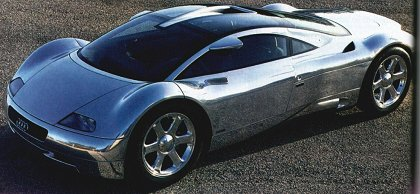















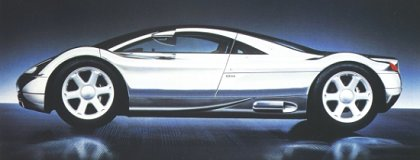







































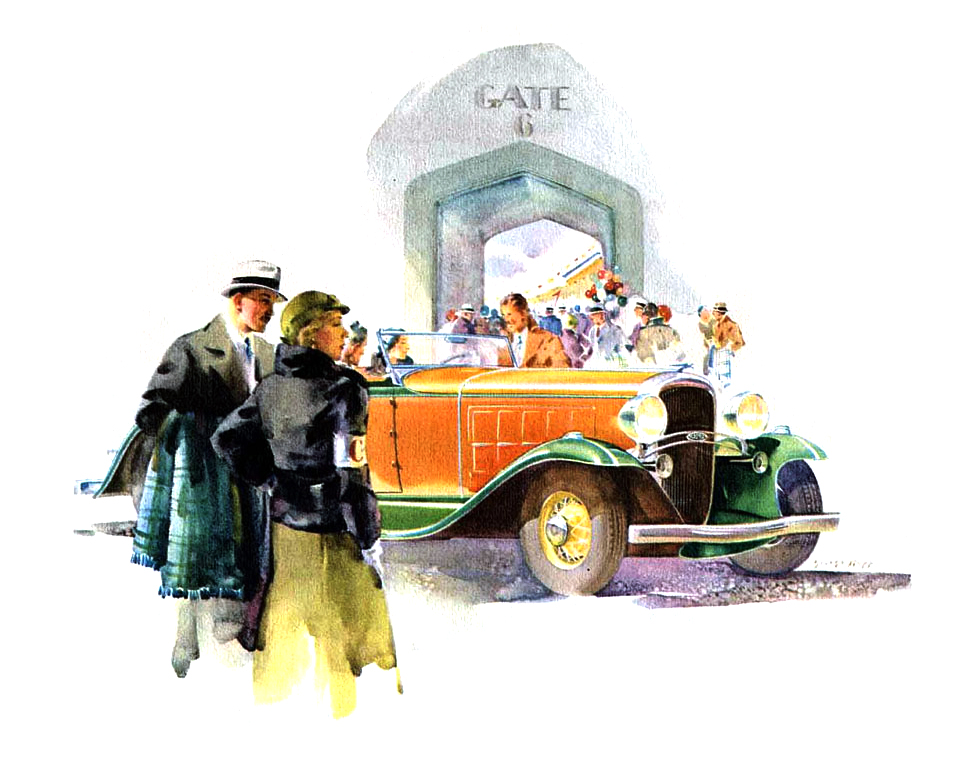
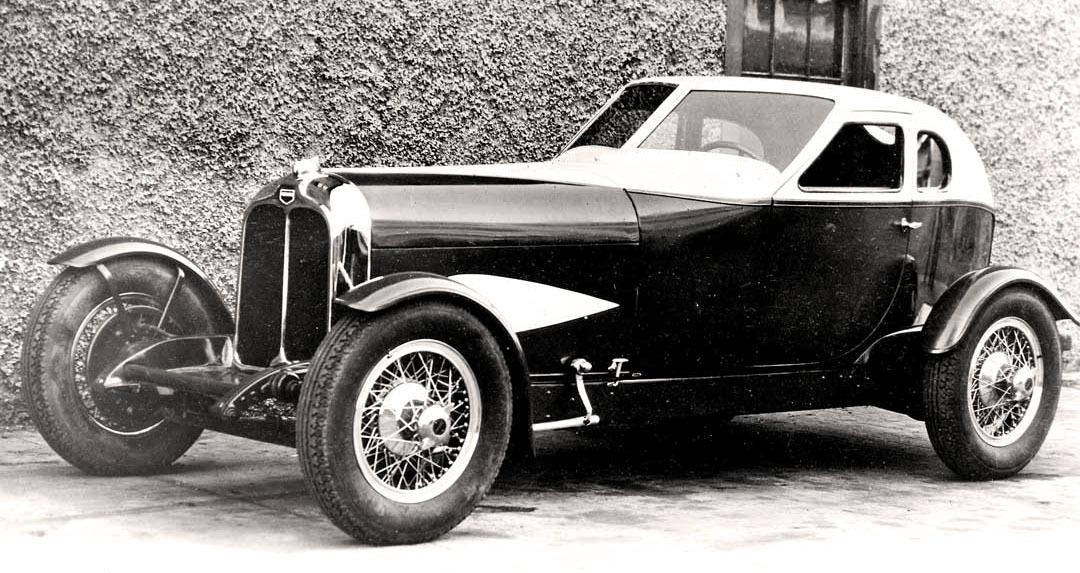
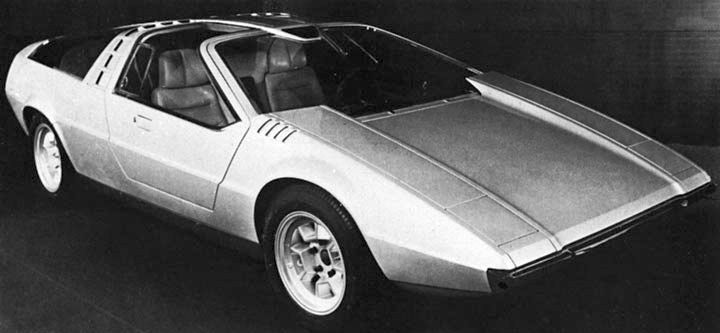






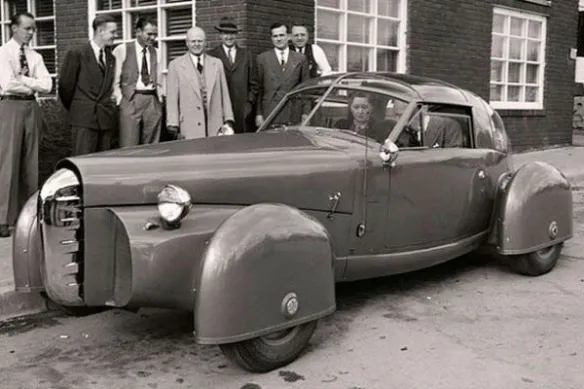



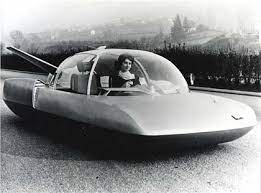

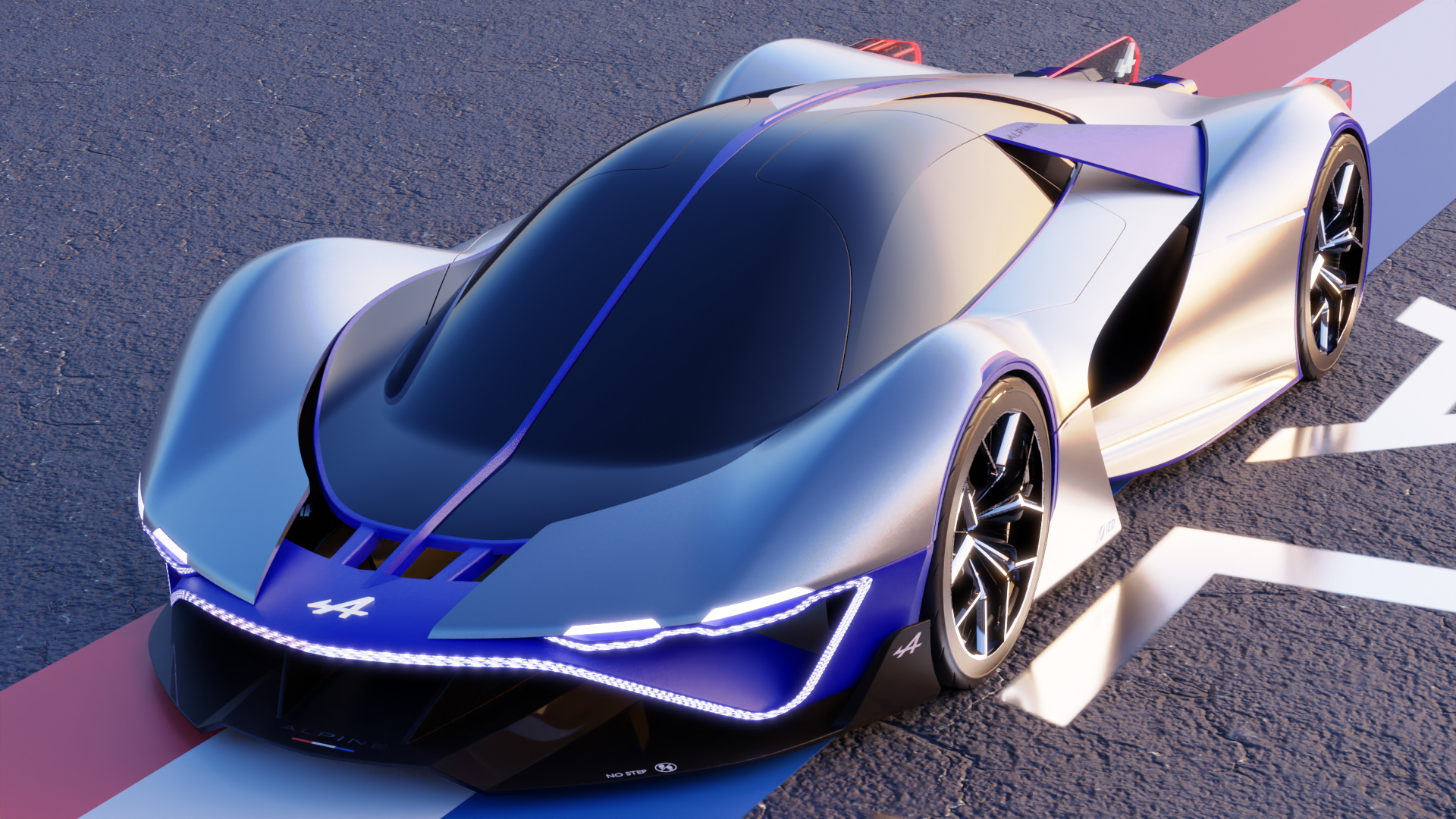
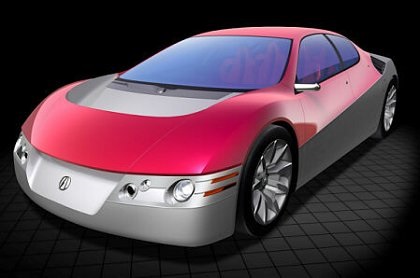

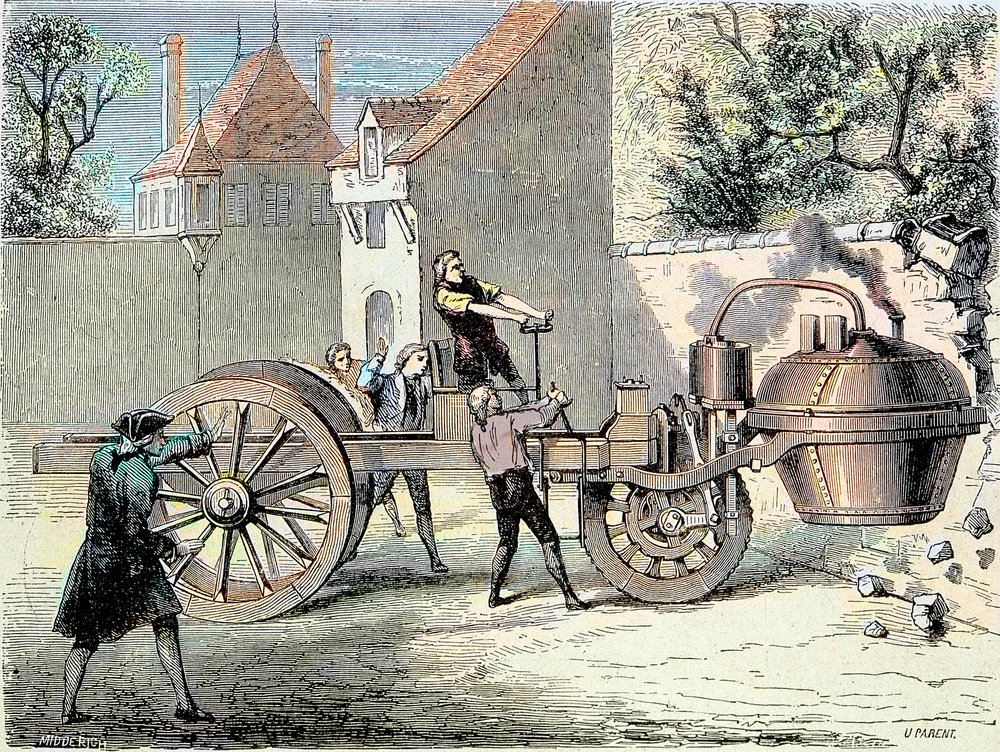
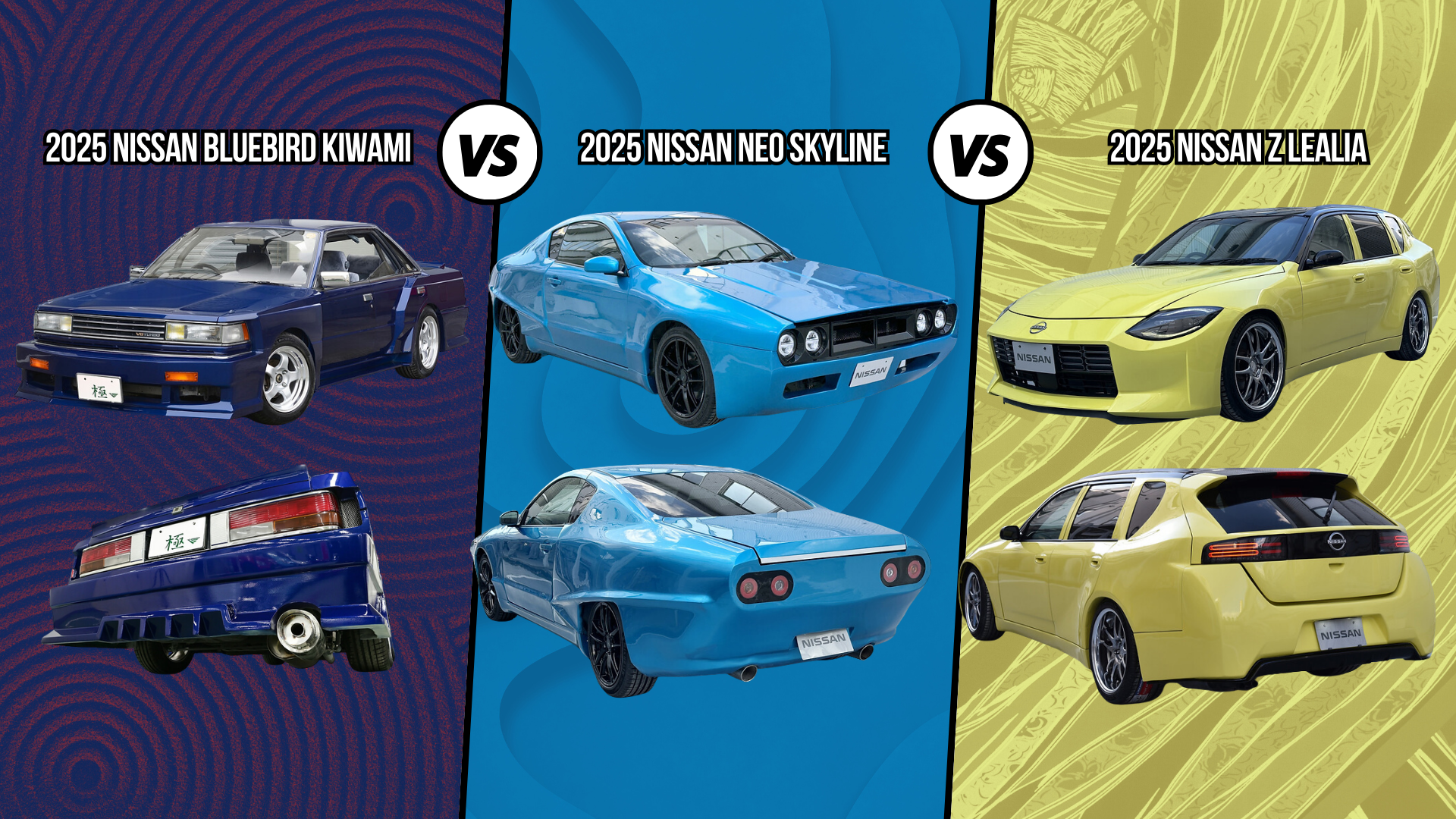

Comments